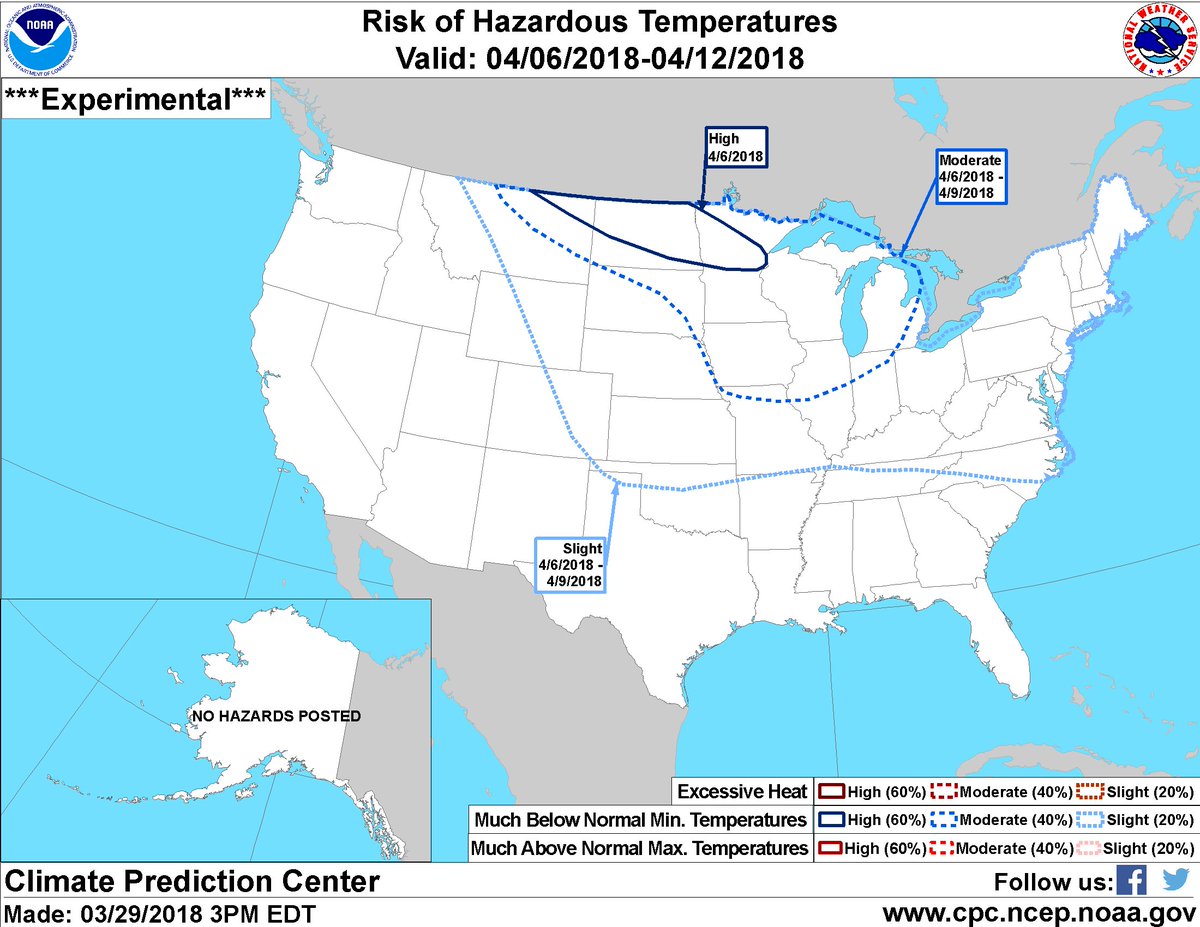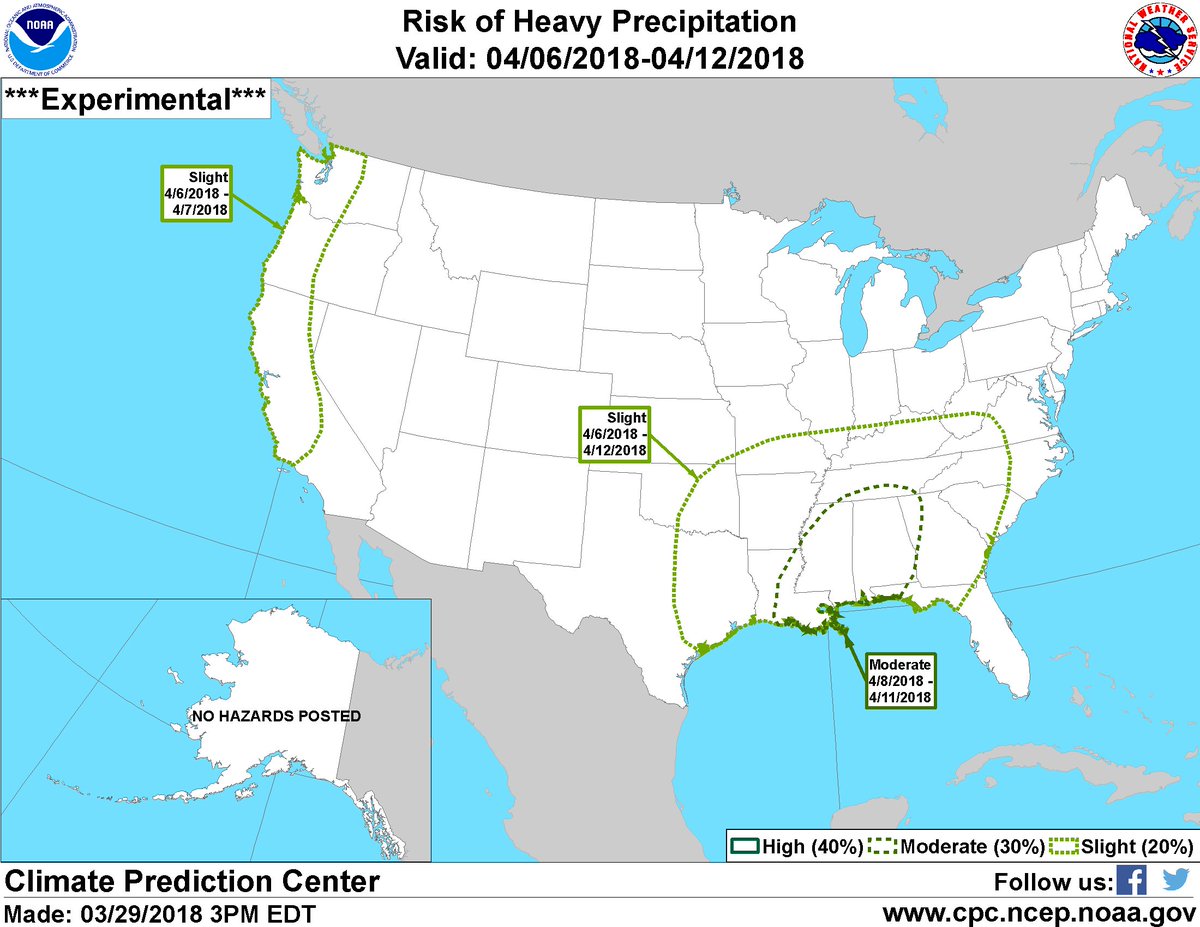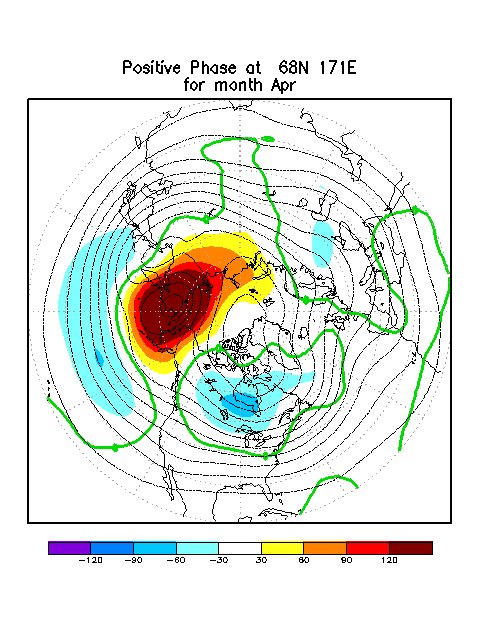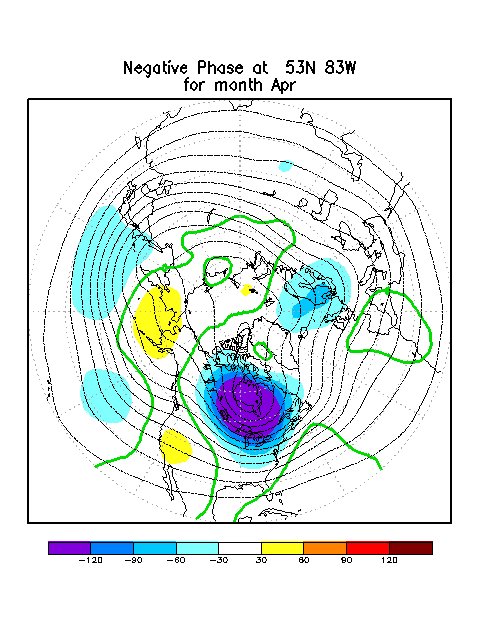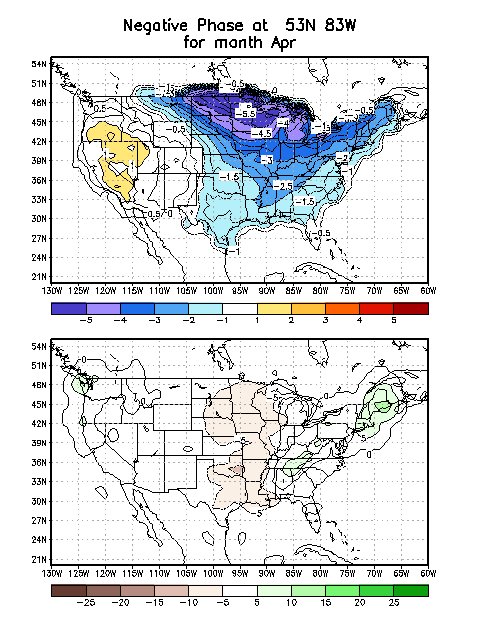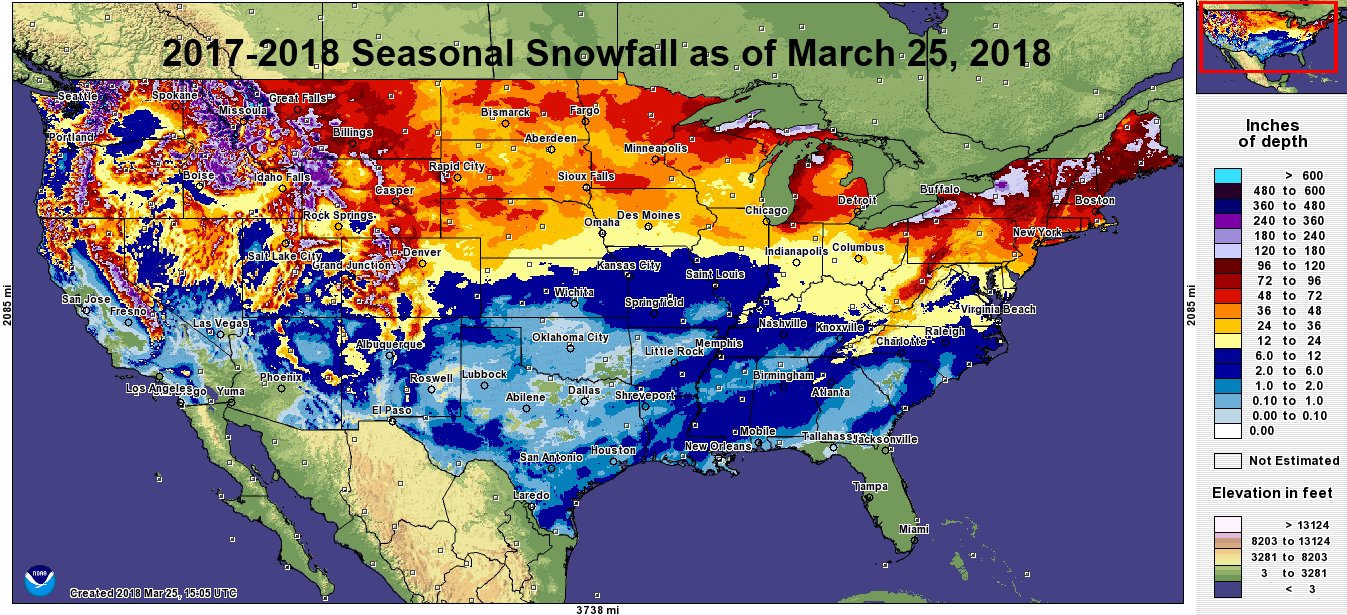I know it may seem a bit ridiculous to say that winter is over when the eastern half of the United States keeps getting repeatedly smacked by nor’easters. But from a meteorological perspective, winter lasts from December 1 – February 28. And it is over. Which can mean only one thing! It is time for the ENSO Blog’s annual post looking back at how NOAA’s Climate Prediction Center’s Winter Outlook did.
So for residents of the Northeast, I ask you to postpone shoveling out your car for 10 minutes, because it’s time to talk forecast verification. (I have an obsession, see here, here, here and here). Read the blog post here>>>



